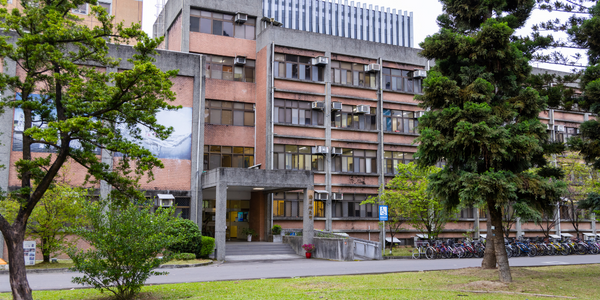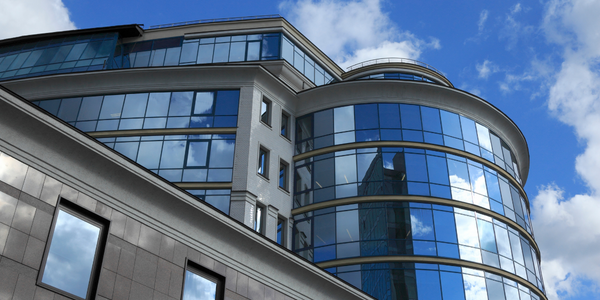Customer Company Size
Large Corporate
Region
- America
Country
- United States
Product
- Verdigris Adaptive Automation
- Verdigris Energy Meters
- Verdigris Intelligent Alerts
Tech Stack
- Automated Demand Management (ADM)
- Building Management System (BMS)
- AI for Energy Management
Implementation Scale
- Enterprise-wide Deployment
Impact Metrics
- Cost Savings
- Energy Saving
- Environmental Impact Reduction
Technology Category
- Functional Applications - Remote Monitoring & Control Systems
- Analytics & Modeling - Predictive Analytics
- Networks & Connectivity - Network Management & Analysis Software
Applicable Industries
- Buildings
Applicable Functions
- Facility Management
- Business Operation
Use Cases
- Building Energy Management
- Predictive Maintenance
- Energy Management System
Services
- System Integration
- Software Design & Engineering Services
About The Customer
Grand Hyatt San Francisco is a prominent hotel located in the heart of the city, known for its commitment to providing exceptional guest experiences while being environmentally conscious. The hotel features 668 rooms and includes retail tenants, making it a significant player in the hospitality industry. As a leader in smart-building and green technology, Grand Hyatt San Francisco has been proactive in adopting innovative solutions to manage energy consumption and reduce costs. The hotel has been a customer of Verdigris since 2015, leveraging their advanced energy management systems to optimize energy usage and achieve substantial savings. With a focus on sustainability and efficiency, Grand Hyatt San Francisco continues to set a benchmark for other hotels in the region.
The Challenge
As one of the premier hotels in the heart of the city, Grand Hyatt San Francisco maintains a commitment to providing the best experience for its guests while being good stewards of the community and environment. In pursuit of this goal, Grand Hyatt San Francisco has established a reputation as a leader in smart-building and green technology. Grand Hyatt San Francisco has been a Verdigris customer since 2015, when the Director of Engineering came to us looking for an accurate and innovative solution to account for energy costs associated with the hotel’s retail tenant. Verdigris systems revealed that the tenant was responsible for a higher portion of the building’s energy costs than had been initially estimated. This was due to high energy usage during expensive peak-demand periods when many hotels typically have relatively low demand. This discovery was only possible through high-frequency circuit-level metering from Verdigris, and has allowed the hotel to avoid paying high costs for energy it isn’t using. Since then, our relationship has expanded beyond submetering to include whole-building metering, Intelligent Alerts, and Adaptive Automation to deliver thousands of dollars in energy savings for the hotel.
The Solution
Verdigris Adaptive Automation uses automated demand management (ADM) to control equipment autonomously in the background with no involvement necessary from the building engineering team, much like autopilot in a self-driving car. To implement Adaptive Automation, Hyatt connected Verdigris energy meters to the building’s main panel and integrated the system into the building management system (BMS). Then, non-critical equipment in the hotel were identified that could be turned off during peak periods without affecting guest comfort. Unlike traditional demand management which uses predetermined values to establish a high threshold, Verdigris accounts for more parameters and continuously adjusts the target for peak demand. It is dynamic and learns from the building consumption patterns. The AI uses historical consumption patterns, weather data, and trend forecasting to send commands to the BMS to turn off non-critical equipment when the building approaches a new peak demand. Savings are achieved for each kilowatt of avoided demand that otherwise would have incurred the expensive demand charge, which can be over $20/kW.
Operational Impact
Quantitative Benefit

Case Study missing?
Start adding your own!
Register with your work email and create a new case study profile for your business.
Related Case Studies.

Case Study
Energy Saving & Power Monitoring System
Recently a university in Taiwan was experiencing dramatic power usage increases due to its growing number of campus buildings and students. Aiming to analyze their power consumption and increase their power efficiency across 52 buildings, the university wanted to build a power management system utilizing web-based hardware and software. With these goals in mind, they contacted Advantech to help them develop their system and provide them with the means to save energy in the years to come.

Case Study
Intelligent Building Automation System and Energy Saving Solution
One of the most difficult problems facing the world is conserving energy in buildings. However, it is not easy to have a cost-effective solution to reduce energy usage in a building. One solution for saving energy is to implement an intelligent building automation system (BAS) which can be controlled according to its schedule. In Indonesia a large university with a five floor building and 22 classrooms wanted to save the amount of energy being used.

Case Study
Powering Smart Home Automation solutions with IoT for Energy conservation
Many industry leaders that offer Smart Energy Management products & solutions face challenges including:How to build a scalable platform that can automatically scale-up to on-board ‘n’ number of Smart home devicesData security, solution availability, and reliability are the other critical factors to deal withHow to create a robust common IoT platform that handles any kind of smart devicesHow to enable data management capabilities that would help in intelligent decision-making

Case Study
Protecting a Stadium from Hazardous Materials Using IoT2cell's Mobility Platform
There was a need for higher security at the AT&T Stadium during the NFL draft. There was a need to ensure that nuclear radiation material was not smuggled inside the stadium. Hazmat materials could often be missed in a standard checkpoint when gaining entry into a stadium.

Case Study
Commercial Building Automation Boosts Energy Efficiency
One of the challenges to building automation is the multitude of non-interoperable communications protocols that have evolved over the years. Buildings have several islands of automation. Bridging the islands of different automation without losing the considerable investment in each specialized control network is the main focus in this solution.








